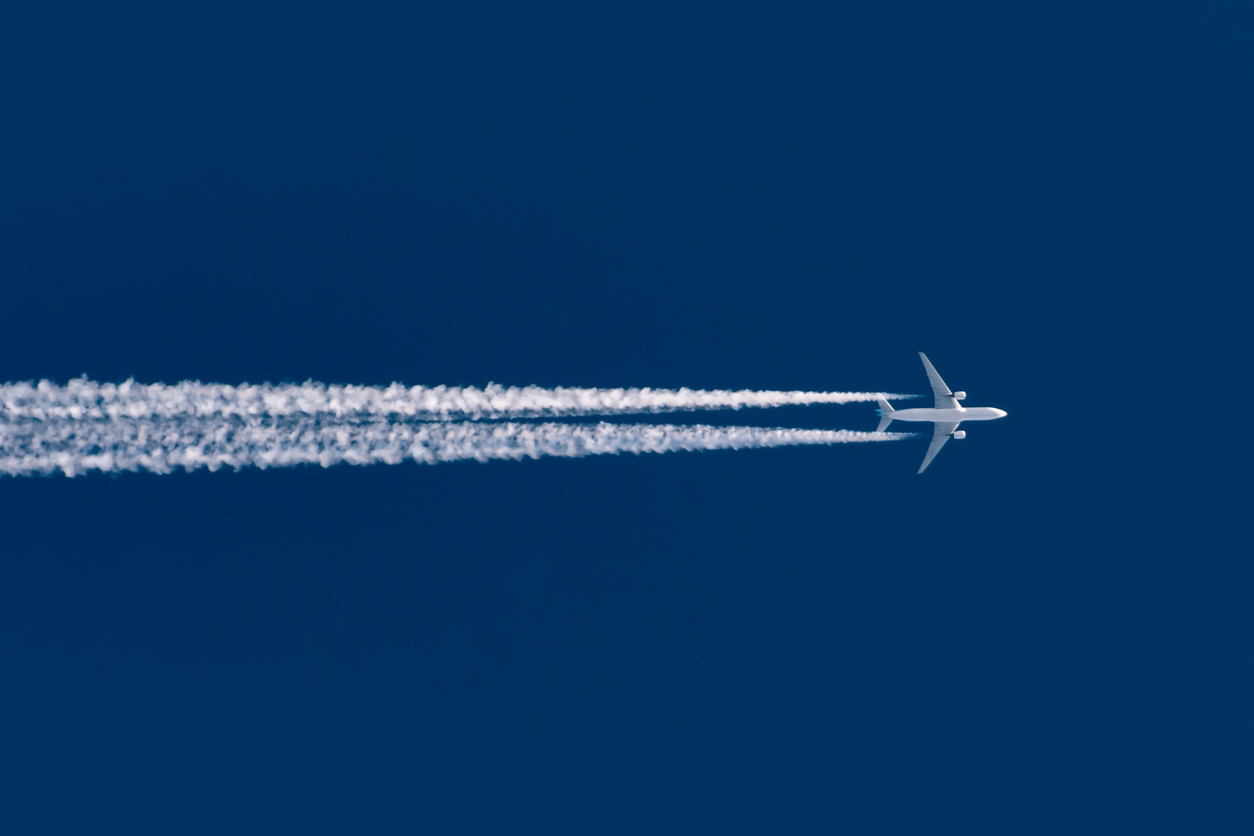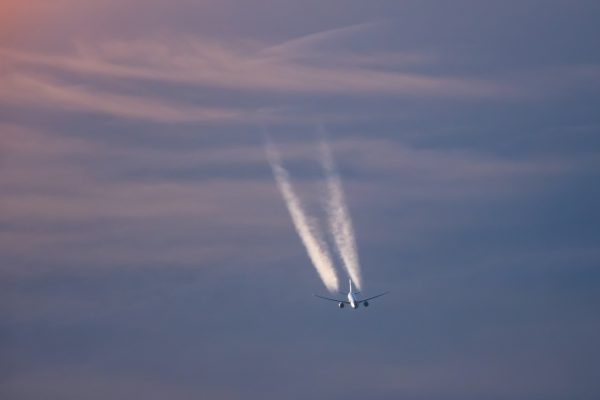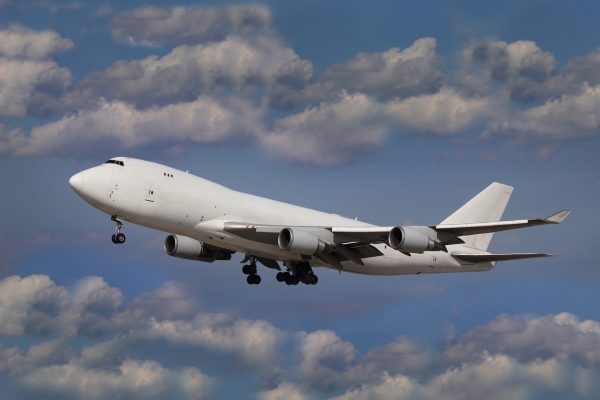So Maybe We Do Need to Worry About Aviation Contrails After All

Flying in an airplane is one of the best ways to travel quickly and is a must if you want to go overseas in a timely fashion. While airplanes use a lot of fuel and sit on the tarmac sometimes idling for hours, the most climatic harm an airplane does is create contrails.
The thin white lines trailing behind the airliner may cause more damage to the environment than all the carbon dioxide produced by planes since the days of the Wright Brothers, according to Science.
Contrails, short for condensation trails, are not to be confused with chemtrails which supposedly stands for chemical trails that are intentionally released at high altitudes according to a popular conspiracy theory.

An article in Nature Research tells us the people who subscribe to this theory believe the chemtrails are secretly used to test chemical or biological agents on people, animals, and plants as well as controlled radiation and weather manipulation.
While completely open and legal activities such as crop dusting and cloud seeding can be considered releasing chemicals into the atmosphere, they are not the sinister activities some believe happen with chemtrails.
Contrails, however, are created at around 8,000 m (26,000 ft). Water vapor condenses around the exhaust gases and freezes into ice crystals which turn into contrail cirrus clouds that remain in the sky for minutes to hours.
One would think that ice crystals would be beneficial in cooling the air, but they actually do quite the opposite. A study performed in 2011 by Lisa Bock and Ulrike Burkhardt of the Institute of Atmospheric Physics, DLR Oberpfaffenhofen-Wessling, Germany concluded that contrails change natural cloudiness and force a change in radiation which warms the Earth.
Quoted in Science Daily, Bock maintains that emission trading plans, like the Corsia agreement, should take into account that non-CO2 emissions have a significant impact on climate change.
The Corsia agreement, a plan created by the United Nations is set to begin in 2020 and aims to offset the carbon emissions created by aviation; however, it doesn’t address non-CO2 emissions, according to EGU, the European Geoscience Union.
“Radiative forcing” has to do with the amount of energy from the sun to the earth and then back out to space. Bock and Burkhardt believe that by 2050 contrail cirrus radiative forcing will have grown by over three times that of 2006 because of the increase in air travel.
A paper submitted by Andreas Bier, Bock, and Burkhardt to the 11th Symposium on Aerosol–Cloud–Climate Interactions in January of 2019, found at ams.confex.com, reports on their study of contrails in a model that describes them as a class of clouds, and those clouds are having an increasing impact on the warming of the upper troposphere.

If airplane soot was decreased by fifty percent, the contrail clouds’ warming effect would decrease by fifteen percent, and a ninety percent reduction would put us back to 2006 levels.
Other than a more efficient fuel, there is really no way to enforce reduction of contrails as factors such as time of day, weather, and location change the conditions. With the increase in air travel and the profits realized by airline companies in addition to the lack of understanding of the problem, the issue doesn’t seem likely to get resolved any time soon.
According to ScienceAlert, cloud physicist, Andrew Gettelman, of the National Center for Atmospheric Research in Boulder, Colorado agrees that contrails are problematic but that their warming effect is still small compared with the total amount of CO2 produced by the inhabitants of Earth. “If all we had were contrails, there wouldn’t be global warming.” He continues on to say that the aviation industry still needs to address the problem.
Another Article From Us: Giant Tumbleweeds Are Taking Over California
As the study done by Bier, Bock, and Burkhardt was the first to address contrails in this manner, not much is known yet about how they interact with natural cloud cover, and new cloud classifications must be created to help with predictions of how the future climate will be affected.
